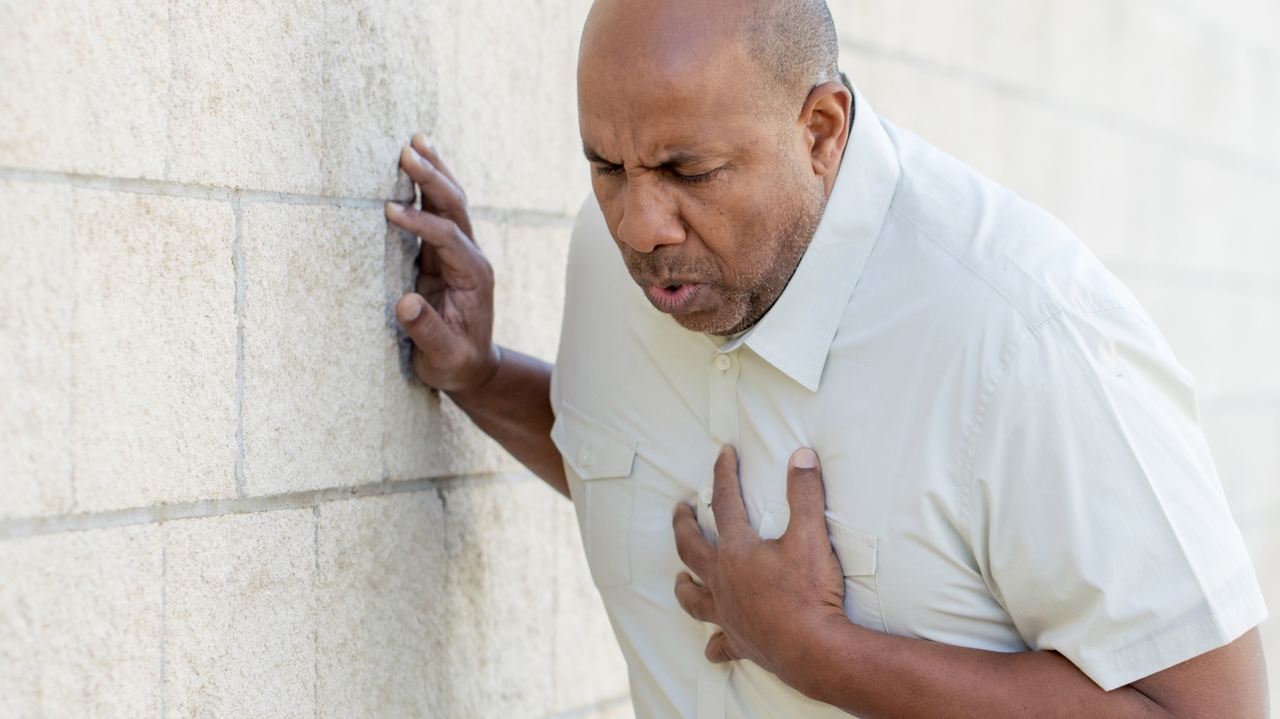
Heart attacks can be a looming danger for many and for good reason, as it is estimated that an American has a heart attack every 40 seconds. Tens of thousands survive heart attacks every year due to preparedness and knowledge on what to do.
A heart attack will typically cause pain for more than 15 minutes, but in some cases it may not have any symptoms at all. When you notice these symptoms, you may be having a heart attack:
- Uncomfortable pressure, fullness or squeezing pain in the center of the chest
- Discomfort or pain spreading beyond the chest to extremities, the jaw, or upper abdomen
- Shortness of breath
- Lightheadedness, dizziness or fainting
- Sweating
- Nausea
Active warning signs can last for hours to weeks in advance.
Help should not be delayed, so what do you do in the case of a heart attack?
First, call 911 or your local emergency number. Even though you may desire to tough out the symptoms, it is better to be safe than sorry. If you cannot get access to emergency medical services, have a friend or neighbor drive you to the nearest hospital.
If you are a witness and see a person having a heart attack, follow the previous steps and then begin CPR if the victim is unconscious. If you haven’t received CPR training, doctors recommend performing only chest compressions at about 100 to 120 compressions a minute. Ask the dispatcher to instruct you in the proper procedure until help arrives. If an automated external defibrillator (AED) is immediately available and the victim is unconscious, follow the instructions on the device for use.
As common as a heart attack can be, it is wise to be educated on what to do in the case of one. By visiting your primary care physician regularly and taking steps to live a heart-healthy lifestyle, you can prevent them, so be sure to familiarize yourself with your heart’s health
